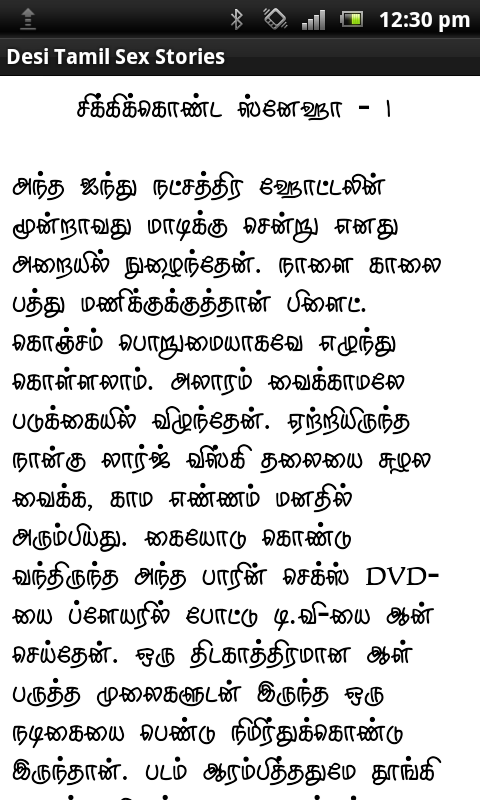
Evalutionary relationship among taxa, symmetry. Non-Chordata: General organisation – Classification with diagnostic features upto classes. Principles of electricity-Batteries- Principles of Radio Transmission-RADAR –sound propagation in water – Fish finding Equipments – Echo Sounder – SONAR –– Communication Equipments – Radio Telephone. Site selection for fish farm- types of ponds-Pumps, Aerators, Sluice, Monk- canalstypes of dykes –Classification of Engines – Marine diesel Engines – parts of IC engines – Fishing machineries -Net hauler, Winch.– Fish processing machineries.- Canning machineries-Refrigeration machineries. UNIT –X: FISHERY ELECTRICAL AND ELECTRONIC ENGINEERING UNIT –IX: FISHERIES RESOURCE MANAGEMENT AND ADMINISTRATION Open Access Fisheries- Maximum Sustainable Yield (MSY),– Fishing holidays, Mesh size regulations- Growth over fishing – Recruitment over fishing – Ecosystem approach for fisheries management -EEZ-Marine fisheries regulations. UNIT –VII: FISHING GEAR AND CRAFT TECHNOLOGYĬlassification of Fishing Gear – Fishing Gear Materials –Modern Fishing gears – Trawls, Gill, Nets, Longlines Fishing Gear Accessories – Fishing Crafts of Indian Coast – Wooden boat construction – Steel boat construction – FRP boat Construction-Dry docking.– Boat building yards.īasic Economic terminologies – Elasticity – Price, Income – Cost, returns – Marketing – Co-operatives – Socio economic Survey – economics of fish and fish seed production system-economics of marine capture fisheries. Waves- Tides- Currents- El – Nino – Salinity – Tsunamis – Weather – Climate – humidity- Tropical Cyclones – Atmospheric pressure. Site selection for fish culture –composite fish culture– Plankton – Fertilization – Aqua feeds – Pond disinfection with lime -Water quality management – Disease control-common fresh water ornamental Fishes. Proximate composition of fish –principle of fish spoilage– Rigor Mortis – Drying, Salt drying, Icing, Freezing, Canning, Fishery by products, Fish packaging technology.

Principal Marine Fisheries of Indian Coasts–Crustaceanfishery resources-shrimps, lobsters- Molluscan resources-Gastropods, Bivalves- Sea weed Resources –– Von Betalanffy’s Growth equation –growth parameters – mortality parameters-Maximum Sustainable Yield-Distribution of living organisms in the Sea.Ĭompass – Navigational Charts – Mercator Projections – Buoyage System – International Codeflag signals –Navigational lights-Firefighting –Strom Signals – Distress Signals – Life Saving Appliances-Life buoy-Life jackets-Life raft.

TNPSC Fisheries SI பாடத்திட்டம்: Paper-I Fisheries Technology And Navigation EngineeringĬlassification of fishes – Morphometric and Meristic Characters – Length weight Relationship- Food and Feeding Habits – Reproductive Biology- Fish Physiology – Developmental Biology of Fin Fish, Shell fishes – Aquatic Ecology.Ĭapture fishery resource of India – Major Riverine fisheries of India – Lake Fisheries Reservoir Fisheries – Cold Water Fisheries – Pollution in Inland Waters. Part-B (General Studies) (100 questions) (150 marks) (Code No:003) General studies (Diploma standard) – 75 questions and Aptitude and mental ability test (SSLC standard) – 25 questions

Note: Minimum qualifying marks – 60 marks (40% of 150) Marks secured in Part-A of Paper-II will not be taken into account for ranking Tamil Eligibility Test (SSLC Std) (100 questions/150 marks) Fisheries Technology and Navigation (Code No. Paper –I (Objective Type) Subject Paper (200 Questions) (Any one of the following subject)ġ. SCs, SC(A)s, STs, MBCs/DCs BC(OBCM)s & BCMs Objective Type: (Computer Based Test Method) Subject EXAMINATION in COMPUTER BASED TEST Method


 0 kommentar(er)
0 kommentar(er)
